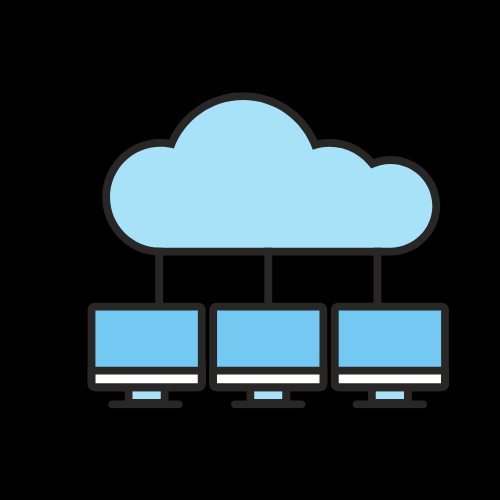[ad_1]
In today’s digital age, email has become an essential tool for communication and productivity. However, with the influx of emails we receive on a daily basis, it can be overwhelming to stay organized and productive. To help you make the most of your inbox, here are 10 essential email best practices for a more productive experience:
1. Set specific times for checking and responding to emails
Creating a schedule for checking and responding to emails can help you stay focused and avoid constant interruptions throughout the day. Set specific times in the morning and afternoon to tackle your inbox, and avoid checking it constantly throughout the day.
2. Use email filters and labels to organize your inbox
Utilize email filters and labels to automatically sort incoming emails into specific folders. This can help you prioritize important messages and easily find specific emails when needed.
3. Unsubscribe from unnecessary email subscriptions
Take the time to go through your inbox and unsubscribe from any email newsletters or subscriptions that you no longer find valuable. This will help reduce clutter in your inbox and free up more time for important emails.
4. Keep your emails brief and to the point
When composing emails, aim to keep them concise and to the point. Avoid unnecessary details and get straight to the purpose of your message. This will help recipients quickly understand the content of your email and increase the likelihood of a prompt response.
5. Utilize email templates for commonly sent messages
If you find yourself sending the same type of email multiple times, consider creating email templates to streamline the process. This can save you time and ensure consistency in your communication.
6. Practice good email etiquette
Make sure to use proper grammar and punctuation in your emails, and be mindful of your tone. Avoid using all caps, excessive exclamation points, or vague subject lines that can come across as unprofessional.
7. Avoid sending unnecessary emails
Before hitting send, ask yourself if the email is truly necessary. Overloading someone’s inbox with unnecessary messages can be counterproductive and may result in important emails being overlooked.
8. Use a clear and descriptive subject line
A clear and descriptive subject line is crucial for ensuring that your email gets noticed and opened. Avoid generic subject lines and instead, provide a brief summary of the email’s content to entice the recipient to open it.
9. Regularly clean out your inbox
Set aside time on a regular basis to clean out your inbox and archive or delete old emails. Keeping a clutter-free inbox can help improve your focus and productivity.
10. Use email tracking and analytics to improve your email performance
Leverage email tracking and analytics tools to gain insights into how recipients engage with your emails. This can help you optimize your email content and improve your overall email performance.
By implementing these best practices, you can create a more productive and organized email experience. Whether you’re managing a personal inbox or using email for business purposes, these tips can help you make the most of your email communication.
[ad_2]
